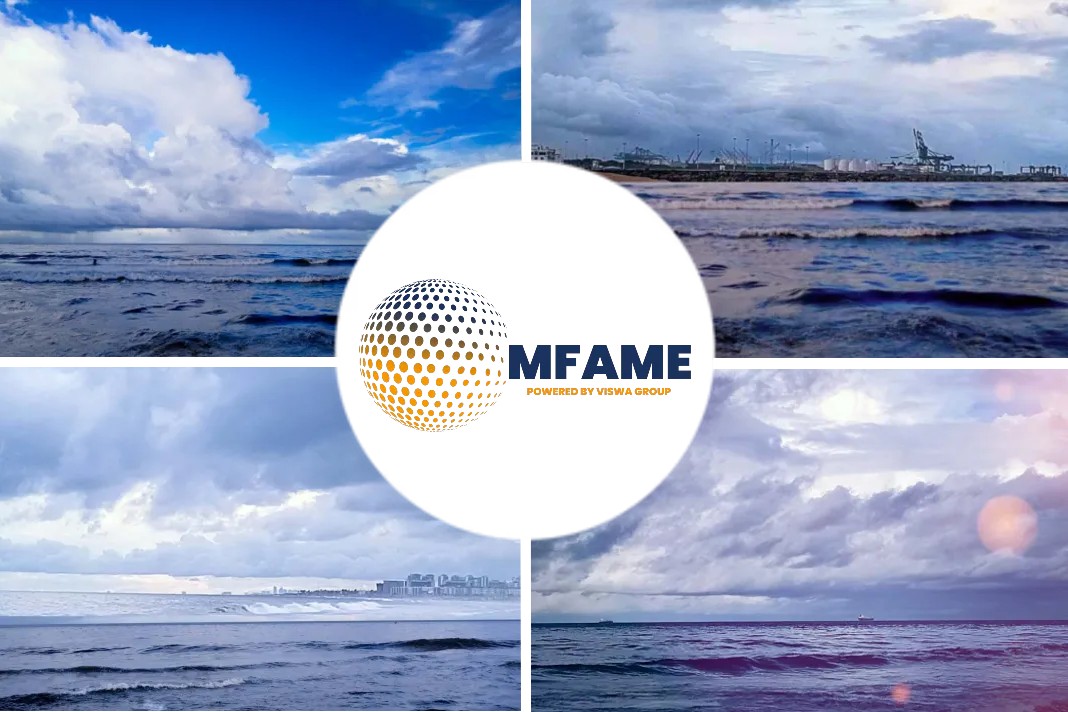- The global decarbonisation drive is prompting Japanese shipbuilders to speed up development of greener vessels.
- Their main efforts is to ride out a tough market and gain an edge over Chinese and South Korean rivals.
- Japanese shipbuilder Tsuneishi Shipbuilding has agreed to a capital tie-up with rival shipbuilder Mitsui E&S Shipbuilding.
- Tsuneishi is expected to acquire a 49pc share in Mitsui E&S Shipbuilding by October after obtaining regulatory approval.
An Argus Media news source by Rieko Suda highlights that Japanese shipbuilders tap decarbonsiation potential.
Next-generation ships by Tsuneishi
Tsuneishi said the capital tie-up is expected to enable it to jointly speed up development of next-generation ships using alternative fuels, as well as autonomous vessels. Tsuneishi recently developed an LNG-fuelled Kamsarmax bulk carrier.
The international shipping industry is working to reduce its greenhouse gas (GHG) emissions by at least 50pc by 2050 from 2008 levels, driving a fuel shift among global shipping firms and shipowners.
Japanese joint venture Nihon Shipyard
Japanese joint venture Nihon Shipyard last month completed development of an ammonia-fuelled very-large crude carrier, only a few months after the venture’s January launch by shipbuilders Imabari Shipbuilding and Japan Marine United (JMU).
To commercialise a zero-carbon emitting vessel
Japan aims to commercialise a zero-carbon emitting vessel by 2028 under a roadmap released last year to realise the global shipping industry’s GHG reduction target.
The transport ministry this month also began discussions to decarbonise its domestic shipping operations.
Japan’s new GHG reduction pledge
Japan’s new GHG reduction pledge is also expected to offer new business opportunities for the shipbuilding industry. Japanese premier Yoshihide Suga last week announced a new 2030 commitment to reduce GHG emissions by 46pc from 2013 levels, compared with 26pc previously, prompting Japanese carbon dioxide (CO2) emitting-industries to further speed up decarbonisation efforts.
Shipbuilder JMU has agreed with Japanese wind power developer Venti Japan to discuss the possibility of developing a floating wind mill project offshore northwest Japan’s Akita prefecture.
Shin Kurushima Sanoyas Shipbuilding
Shin Kurushima Sanoyas Shipbuilding has also obtained in-principle approval from Japanese classification society ClassNK for its newly-developed liquified CO2 transport vessel.
It aims to tap growing demand for carbon capture and storage business opportunities.
The company was launched earlier this year after Japanese shipbuilder Shin Kurushima Dockyard took over rival Sanoyas Shipbuilding.
Did you subscribe to our daily newsletter?
It’s Free! Click here to Subscribe!
Source : Argus Media























